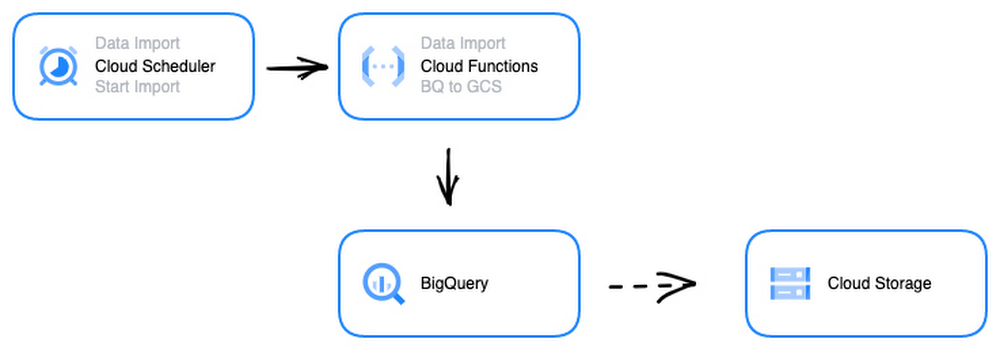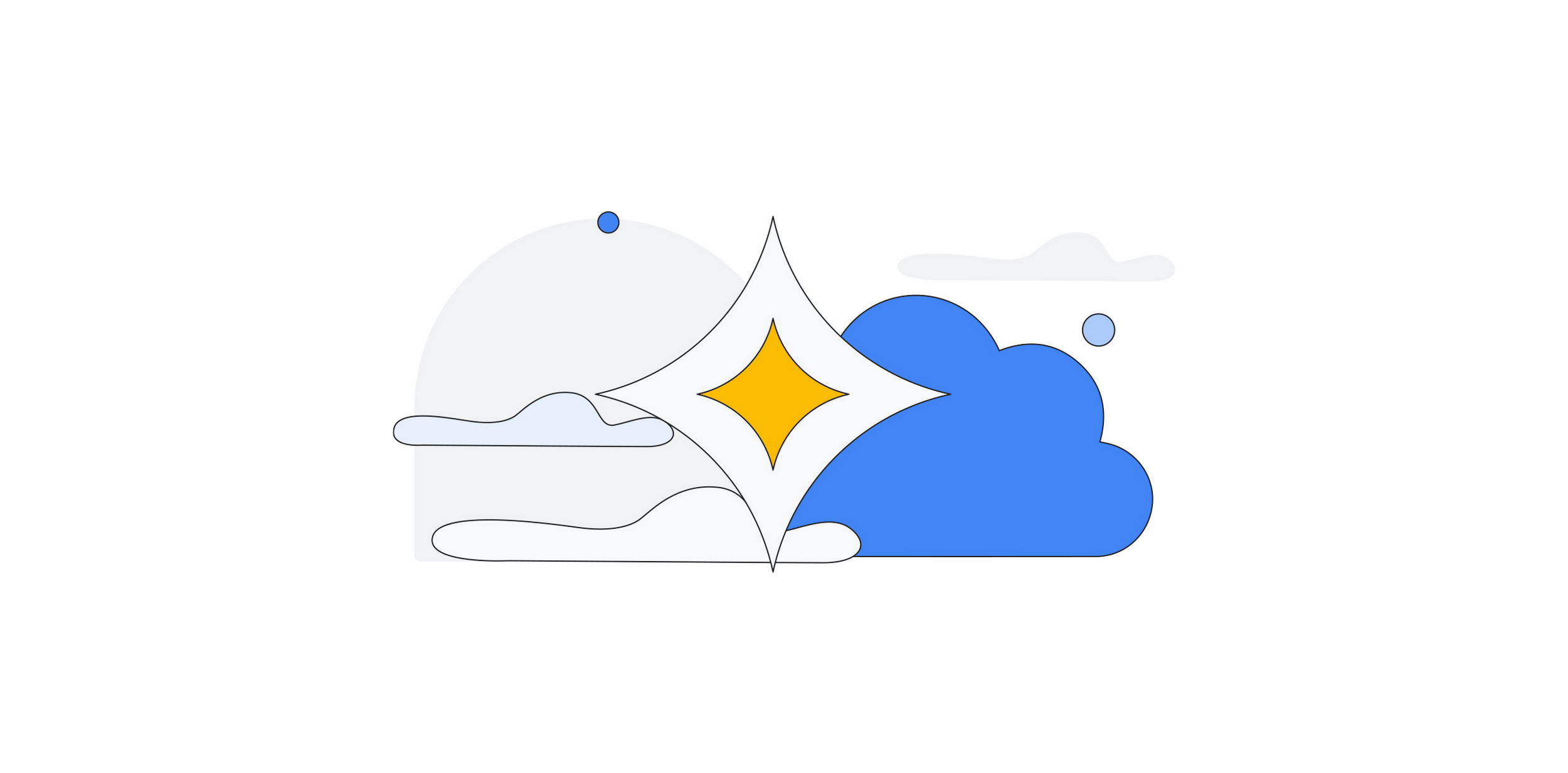If you want to get right into using Google Cloud Scheduler, check out this interactive tutorial!
So, there you are relishing in the fact that you’ve just set up a new database and pipeline to process large amounts of your organization’s data regularly. Feeling alive!
Your manager congratulates you (great job, btw!) and then informs you that you’re now in charge of maintaining this moving forward. Something she didn’t mention when you started this project.
You quickly begin to visualize your weekends taken up by the heavily manual process of backing up the database and making sure that it’s properly feeding into the pipeline, before the start of each week. Long hours, using multiple interfaces to make sure nothing fails and starting over when things do.
Well you’re not alone, managing large-scale operations that involve many different tasks and dependencies is one of the biggest challenges that developers and businesses face.
Not only is it manual, time consuming and hard to keep track of everything going on in your cloud environment, it also makes it really difficult to scale your organization’s IT by creating bottlenecks.
If only you could have a way to schedule all of these minute administrative tasks to be completed for you, so you could focus on more strategic, impactful tasks.
Well, from the title of this blogpost you can probably guess that Google Cloud Scheduler (Cloud Scheduler) IS your fully-managed, highly reliable, scheduling service.
It allows you to schedule and automate tasks that perform routine maintenance, data processing or to trigger workflows. Think – scheduled data backups, updates, batch processing, application monitoring, automated testing and report generation. Plus, it comes with an intelligent retry mechanism that you can configure to rerun failed jobs, up until the point that you specify.
It supports a variety of scheduling options, including specific date and time, recurring intervals and cron expressions or jobs.
-
Cron jobs are a commonly used scheduling tool in the software development industry (Linux and Unix world), allowing developers to schedule tasks at specific intervals or on specific dates and times. These intervals are specified using a formatbased onunix-cron.
You can use Cloud Scheduler to accomplish tasks like:
-
easily scheduling recurring data backups, ensuring your data is safe and secure in the event of a system failure or data loss
-
processing large amounts of data in batches at specific intervals
-
monitoring your applications for errors or performance issues and send notifications to your team if issues are detected
Cloud Scheduler is designed to make it easier to manage your cloud environment by allowing you to define schedules, run tasks and manage results, all from a single, centralized location – this gives you better control and more visibility over your infrastructure.
Plus, the fully managed part, means you have the reliability of Google’s robust infrastructure, so you can be confident that
-
your jobs will run when they are scheduled to do so
-
they’ll scale automatically to meet your needs – handling any volume of jobs from a few tasks per day to thousands of tasks at a time, without any additional configuration. (no worrying about capacity constraints!)
The automation of these processes reduces the risk of human error and frees up your time and mental energy to focus on more important tasks, making you more productive and organized.
So… how does it work?
Cloud Scheduler works by allowing developers to create jobs that run at specific intervals or when triggered by an event based on specific conditions.
Jobs can be created using the Cloud Scheduler UI, a command line interface or via the API.
-
Cloud Scheduler can trigger your jobs in a variety of ways and currently supports a wide range of job types, including HTTP/HTTPS requests, and Pub/Sub messages You can also define custom job types using Cloud Functions or Cloud Run, which gives you the flexibility to run any type of task in your cloud environment.
Once a job is created, you can specify the schedule for it to run on and from there Cloud scheduler takes care of the rest. It automatically triggers your task at the specified time or interval and ensures that it runs reliably and consistently.
-
As mentioned above, you can create schedules using Unix cron expressions to specify seconds, minutes, hours, days, months and weekdays.
The scheduler then triggers the job at the target location specified. This can be any web service or application, and the request can include parameters and data. The target location can then process the request and perform the necessary tasks.
-
For example, if you wanted to schedule a job to run a data import from BigQuery, you could create a job that specifies the file location and the target location (cloud storage in this case) for the imported data.

After the job is executed, Cloud Scheduler provides detailed information about its status and results. This information is stored in logs and can be accessed using the Google Cloud Console, APIs or third-party tools. It’s especially useful to set up Cloud Logging and Cloud Monitoring, which provide real-time visibility into the status and performance of scheduled jobs, enabling you to monitor job execution, troubleshoot issues, and optimize performance.
If you’re thinking – this all sounds great, but am I going to have to give an arm instead of my weekends to make this happen? No, keep your arm. Cloud Scheduler is a cost-effective solution where you only pay for the tasks that are executed AND it has a tier that provides up to three jobs a month for free (at the account level, not project level).

With Cloud Scheduler you can schedule:
-
Data backups for databases, file systems and other data sources – ensuring your organizations critical data is backed up regularly and can be restored in case of a disaster
-
Resource management tasks, such as starting and stopping VM instances, deleting temporary files and cleaning up unused resources, which can help optimize resource usage and reduce costs
-
Data pipeline tasks that move and transform data across different systems both inside and outside of Google Cloud.
Fundamentally, Cloud Scheduler is more than just a simple job scheduling tool. Its flexibility and integration with other Google Cloud services make it a powerful tool for orchestrating complex workflows, managing resources, automating tasks and saving weekends.
For some hands-on play time with Cloud Scheduler right now, check out this interactive tutorial where you can run your first job for free!

